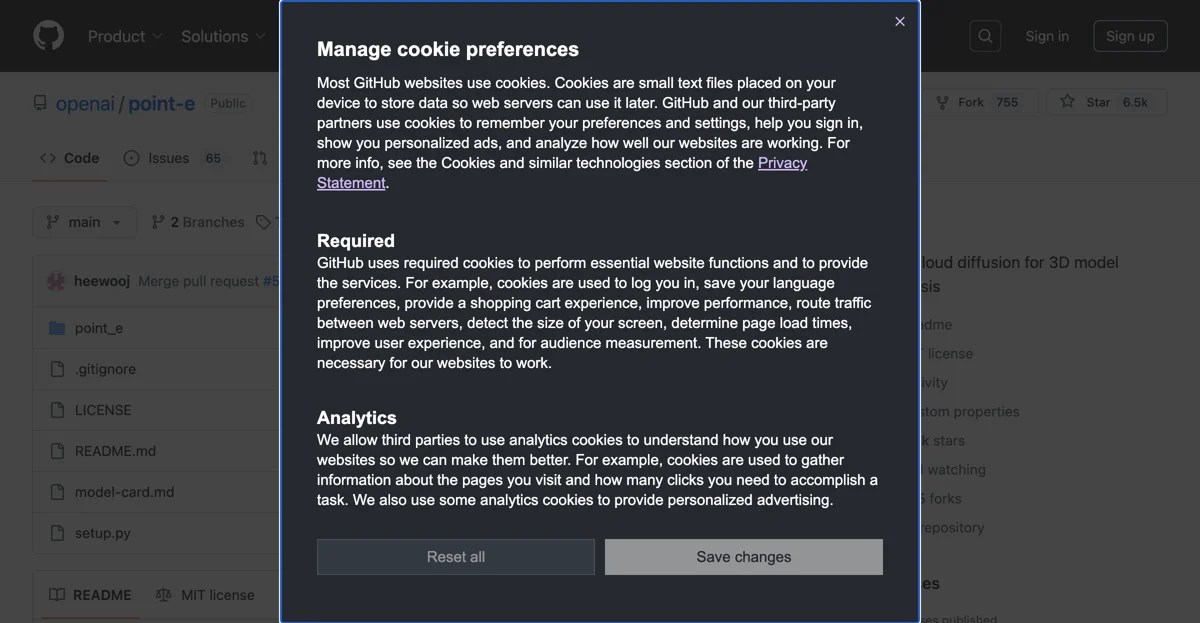openai/point-e: Revolutionizing 3D Model Synthesis
openai/point-e is a remarkable tool that offers a unique approach to generating 3D point clouds from complex prompts. This system has the potential to transform the field of 3D model synthesis.
The usage of openai/point-e is straightforward. It can be installed with pip install -e... To get started, users can refer to the provided notebooks such as image2pointcloud.ipynb, text2pointcloud.ipynb, and pointcloud2mesh.ipynb. These notebooks offer practical examples and guidance on how to leverage the capabilities of this tool.
For example, image2pointcloud.ipynb allows users to sample a point cloud based on example synthetic view images. text2pointcloud.ipynb enables the production of 3D point clouds directly from text descriptions, although it's noted that the model's capabilities in this regard are somewhat limited and it has a basic understanding of simple categories and colors. pointcloud2mesh.ipynb showcases the SDF regression model for generating meshes from point clouds.
In addition to the notebooks, the repository also includes evaluation scripts such as evaluate_pfid.py and evaluate_pis.py for assessing the performance of the model. The Blender rendering code, blender_script.py, is also available for users to explore.
The tool provides access to seed images and point clouds corresponding to the paper banner images, as well as seed images used for COCO CLIP R-Precision evaluations. This makes it a valuable resource for researchers and practitioners in the field of 3D model synthesis.
Overall, openai/point-e represents a significant advancement in the area of 3D point cloud generation and holds great promise for various applications in the field of 3D modeling and beyond.

